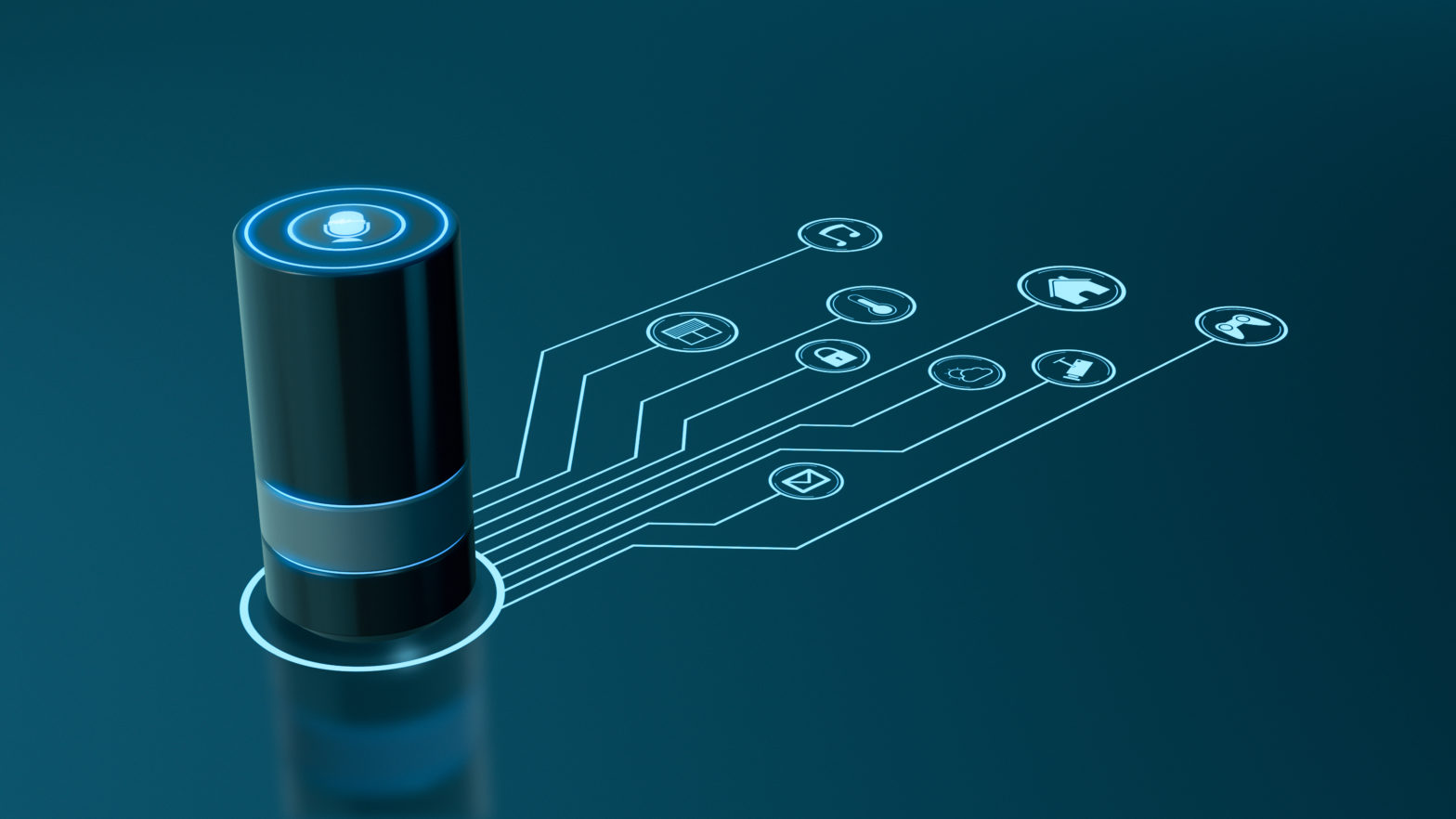This post was originally published on the Ecotagious website. Ecotagious is now Uplight.
Several partnerships announced this year suggest a new approach in how utilities use voice technology for energy management.
Wood Mackenzie Power & Renewables estimates that 65 million homes in the U.S. will own at least one standalone voice assistant device by 2023. As voice assistants proliferate, some utilities are looking to engage their customers more effectively by combining voice technology and advanced analytics, through partnerships with vendors in the space.
A new research insight on voice technology and energy management forecasts more deployments of the energy analytics and voice combination in the future. Utilities hope that personalized analytics will engage customers and help deliver energy conservation and load-shifting.
Utilities historically have had few channels via which to communicate with their customers in a proactive, personalized way. Avenues such as direct mail and email are limited in their potential to influence behavior. Call centers are designed to field incoming customer requests and complaints, while utilities typically use direct mail and email to convey general advisories or billing information on a set schedule, instead of engaging customers proactively.
Voice has the potential to speed the shift toward a more customer-focused utility. Early utility forays into voice technology have involved communicating basic information about energy consumption levels, bill-pay information, and generic energy saving tips via Amazon Alexa or Google Assistants. Utilities with this kind of generic voice-enabled capability have normally been energy retailers that market voice capabilities as perks to retain customers.
There are signs that a new utility approach to voice is emerging. This approach relies on partnerships with third-party vendors, whose customer analytics solutions allow utilities to go beyond generic information and tips to communicate personalized insights to customers.
The strategy also relies on partnerships with smart home giants such as Google and Amazon, whose devices are becoming the norm across millions of U.S. households. Utilities and analytics vendors are interested in partnering with the consumer technology companies because customers tend to prefer it when smart home and entertainment capabilities are bundled together. (Data shows that customers’ interest in home security and entertainment outweighs their interest in energy management.)
Vendors that have developed voice-enabled capabilities around load disaggregation and/or building customer energy profiles for utilities include Bidgely, Ecotagious and Tendril. These companies can help utilities respond to queries that customers might realistically ask a voice assistant, such as the reason why their energy bill is so high, or whether they are using more energy than their neighbors.
Some recent examples of the voice trend include BC Hydro’s partnership with Ecotagious and Indiana & Michigan Power’s partnership with Tendril and Google.
It is worth emphasizing the differences between vendors’ approaches. Ecotagious and Bidgely rely on smart meter data from utilities to disaggregate load at the appliance level. In contrast, Tendril learns customer behavior and builds profiles based on data from utilities, customers and third-party sources.
As it stands, utilities have not yet taken the next logical step of using voice to facilitate flexibility on the customer’s side using smart controls and/or automation. This would require the utilities to learn to engage with customers via voice.
In a related effort, more utilities are now looking for ways to play the role of smart home adviser. Over the past five years, there has been a significant uptick in the establishment of utility-branded DER marketplaces to help customers adopt connected-home devices and taking advantage of rebates.
New York’s Con Edison has gone even further, creating a web-based tool earlier this year to help its customers navigate smart home purchases, assisted by product ratings and customer reviews. The hope is that by encouraging customers to adopt smart home devices and playing an advisory role throughout the process, the utility will have more access to their customers than ever before and explore new revenue opportunities.
Con Ed identified the need for a central resource where consumers could easily access product information on smart home devices, particularly information on interoperability. The tool tracks 800 smart home products that help consumers with home security, automation, energy management, entertainment, etc. Wood Mackenzie tapped into Con Ed’s database of products for a recent research insight on the smart home.
Potential revenue opportunities abound, though it is still early days for web-based tools like Con Ed’s. While many smart home products are self-installed, market opportunities may exist for utilities to help customers contract service professionals. Overall, utilities may increasingly seek to lay a foundation for future business by connecting customers with smart home installation and maintenance professionals.
Efforts to leverage voice technology and act as a smart home adviser are time- and resource-intensive. Importantly, they represent unfamiliar territory for utilities. As utilities explore new approaches in this space, they will need to evaluate whether these programs are delivering customer engagement and revenue.
This article appeared in GTM, written by, Fei Wang, Chloe Holden





